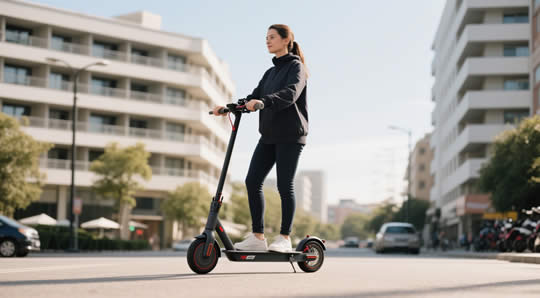Budget considerations for beginning skateboarders in 2025 fall into several tiers:
| Budget Category | Price Range | What You Get | Recommendation |
|---|
| Entry-Level | $65-90 | Basic quality complete setups from established skateboard brands with standard components | Good for casual beginners testing interest before further investment |
| Mid-Range | $90-130 | Higher quality components, better bearings, premium grip tape, and more durable construction | Best value for most beginners committed to learning |
| Premium | $130-180 | Pro-level components, enhanced durability features, precision bearings, and premium wheel formulations | Justified for dedicated beginners who know they'll stick with skating |
The skateboard market has evolved significantly in 2025, with the price gap between entry-level and premium options narrowing. Today's entry-level completes from reputable brands ($65-90) provide significantly better performance than similarly priced boards from previous years thanks to manufacturing improvements and standardized quality requirements.
For most beginners, the mid-range category ($90-130) offers the optimal balance of quality and value. These setups typically include components that will support skill development through the entire beginner phase without requiring premature upgrades or replacements due to performance limitations.
Important: Regardless of your budget, avoid department store completes and extreme budget brands ($25-50 range), as these use inferior materials that perform poorly and break quickly, often leading to discouragement and abandoned interest in skateboarding.
When planning your budget, also consider essential protective gear (helmet, pads) which adds approximately $50-100 to the initial investment but significantly enhances safety during the learning process.
